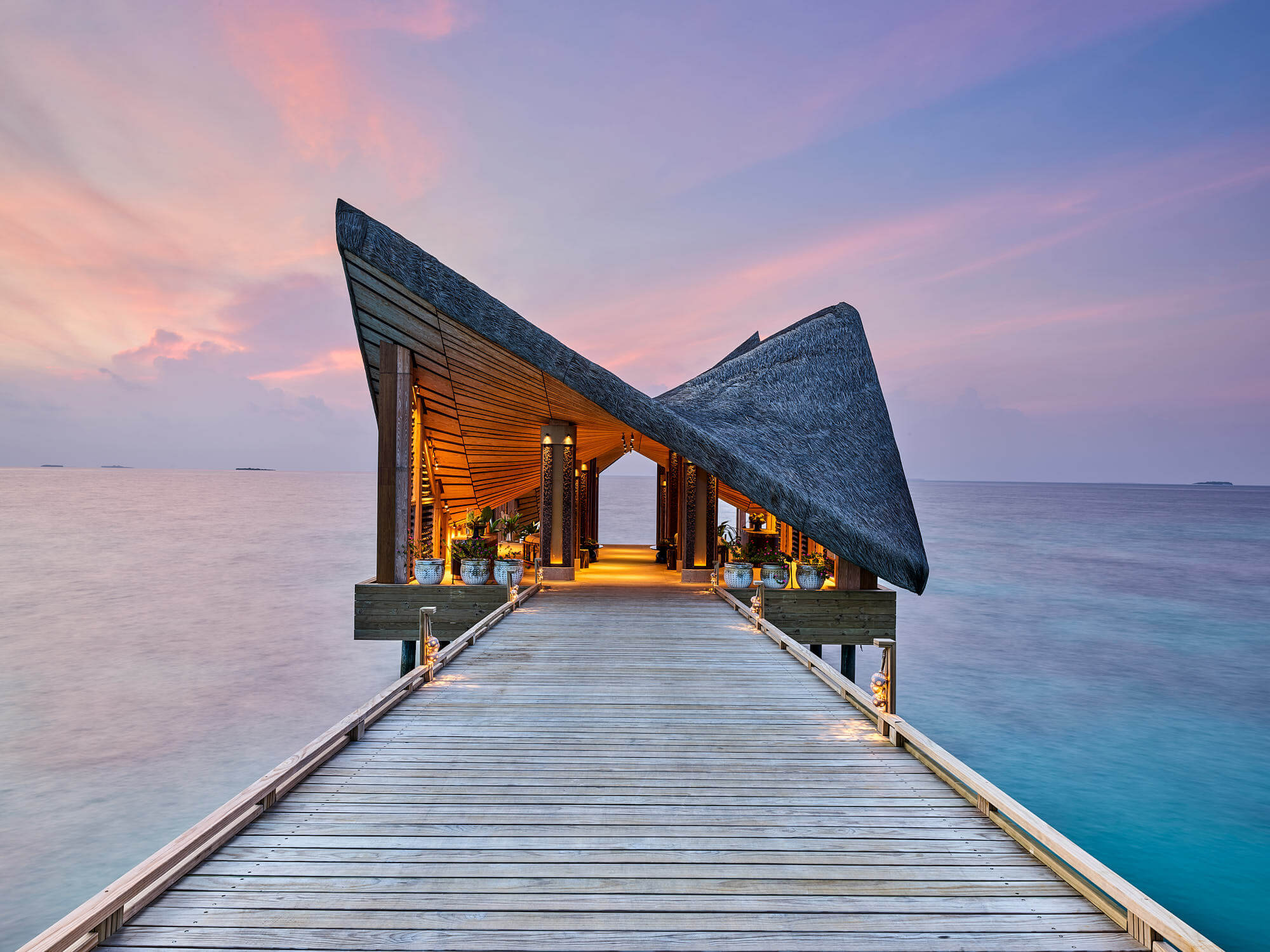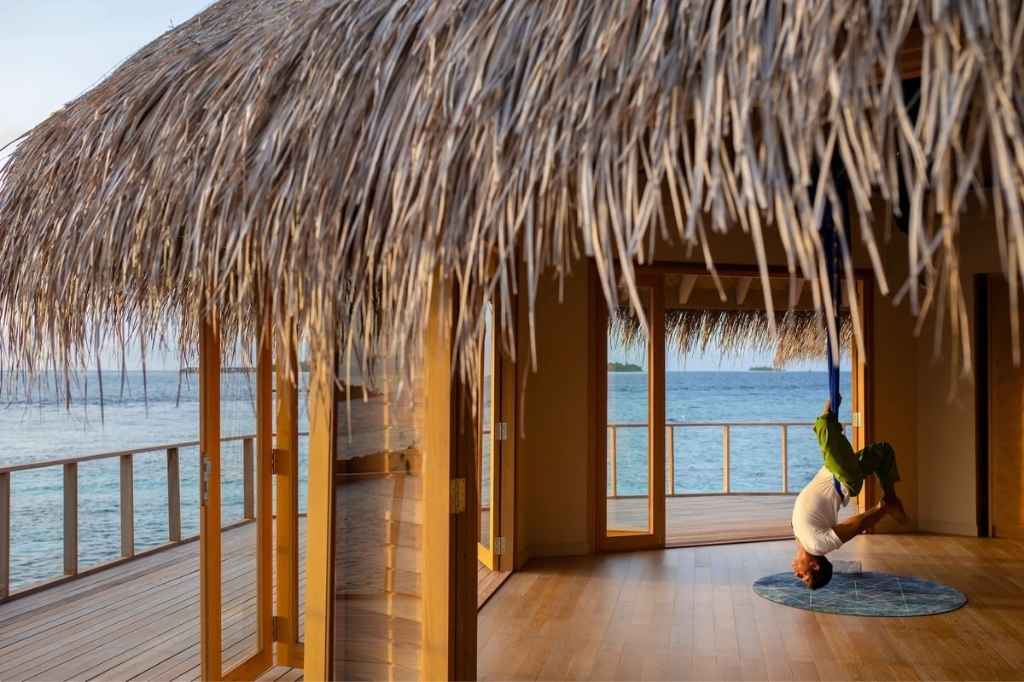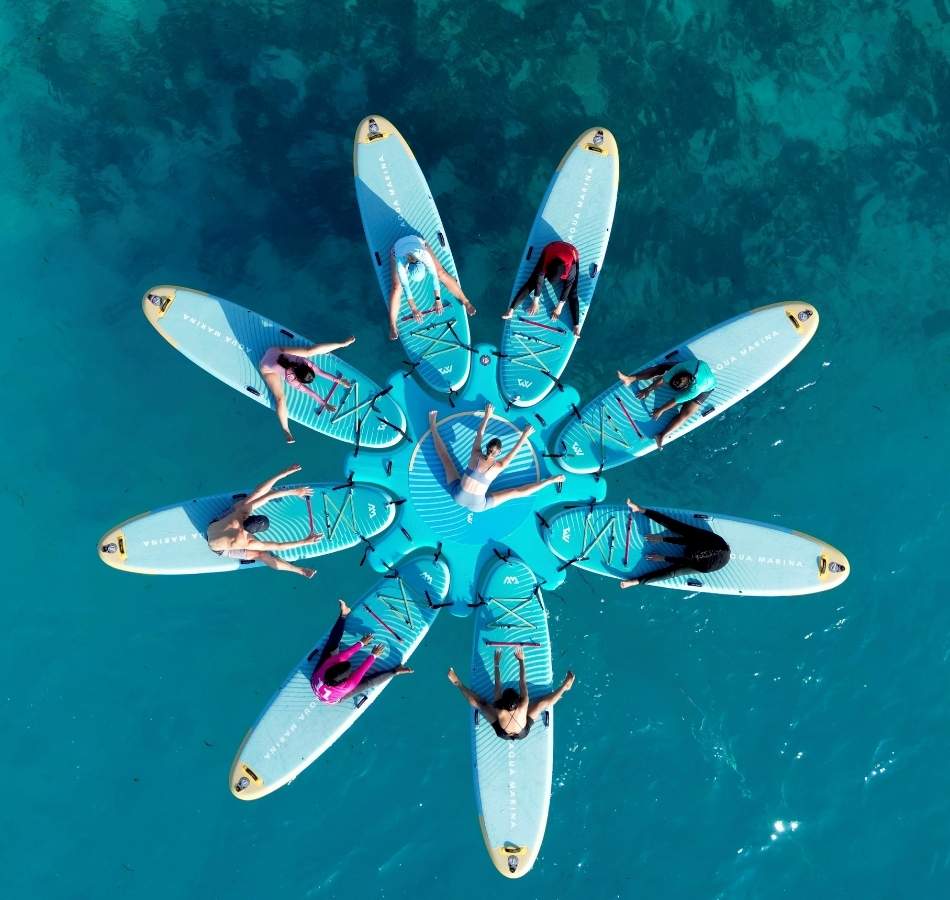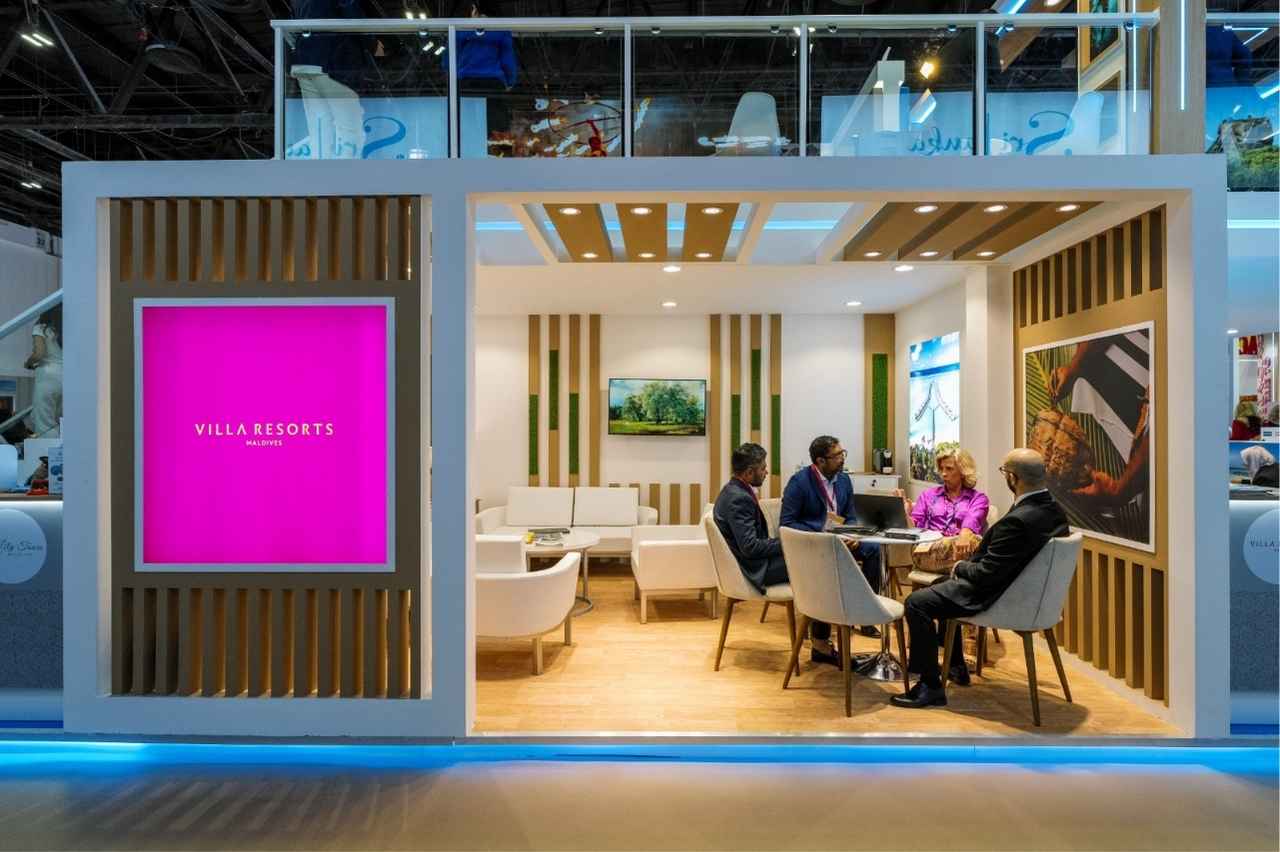On 15 November 2024, JOALI Maldives, first and only art-immersive resort in the Maldives, will celebrate six spectacular years of creativity and luxury. The resort has partnered with Maison Ruinart, the world’s oldest champagne house, to host a one-of-a-kind art event. This collaboration, therefore, merges art, sustainability, and nature. Offering an unforgettable experience for all attendees.
As part of the anniversary celebration, renowned British-French artist Sophie Kitching will showcase her ethereal art installation at Mura Bar. This will take place during the resort’s annual sunset cocktail event, where guests can enjoy both the scenery and the artwork. Sophie’s artistic style often incorporates natural materials like oil, watercolors, and gold leaf. She has previously collaborated with Maison Ruinart, including during the Frieze New York 2022 event. For this special occasion, Sophie will create unique art pieces using Ruinart’s eco-friendly second skins and coasters. Her inspiration comes from the island’s native plants, grey herons, colorful corals, and vibrant marine life.
Guests at the event will sip Ruinart Blanc De Blancs cuvée while admiring Sophie’s latest work, Invisible Green Art XXX, 2024. This abstract masterpiece features a distinctive shade of green, invented during the Georgian era in England. The painting will be on display at JOALI for six months, offering visitors an exclusive chance to experience it. Moreover, limited-edition hand-painted second skins from Sophie’s collection will be available for purchase during and after the event.
On 16 November 2024, guests will have the opportunity to indulge in a champagne dinner hosted by Fabien Vallérian. Fabien is the International Director of Arts & Culture at Ruinart. This evening will feature Ruinart champagnes paired with a gourmet menu designed to create a symphony of flavors. Each dish and glass will tell a story of art and craftsmanship, offering guests a truly immersive experience.
Fabien Vallérian shared his thoughts on the collaboration, saying,
“At Maison Ruinart, the protection of nature is at the core of our values; we are committed to supporting artists that create a conversation between humanity and nature through their creativity and craftsmanship. Since 2022, we have collaborated with Sophie Kitching on several artistic commissions, and we believe this project with JOALI is an amazing opportunity for her to discover and explore the ecosystems and beauty of the Maldives.”
Ruinart, founded in 1729 in Reims, France, has long been associated with the art world. In 1895, the brand commissioned renowned Czech artist Alphonse Mucha to create a poster. Similarly, since its opening in 2018, JOALI Maldives has made art a core part of its identity. The resort has brought artists from around the world, thus transforming the Maldives’ luxury hospitality landscape. Both JOALI and Ruinart share a commitment to luxury, artistic expression, and the celebration of beauty in all its forms.
This celebration marks just the beginning of an exciting partnership between JOALI Maldives and Ruinart. The two brands plan to continue collaborating on future artistic initiatives, both in the Maldives and around the world.








